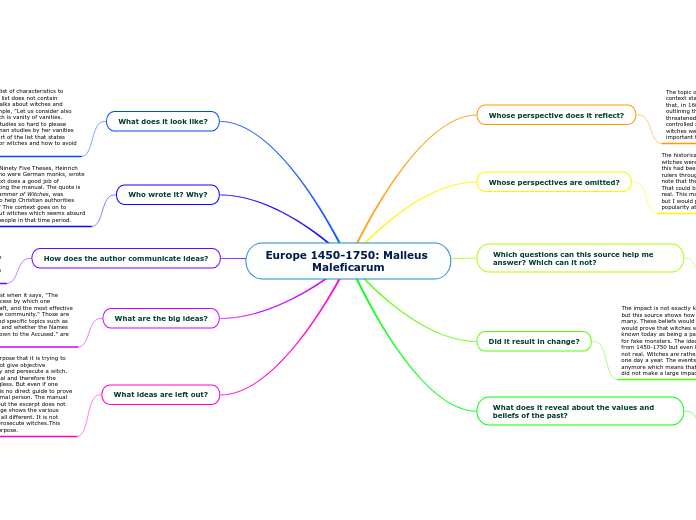jonka Nolan Forsythe 4 vuotta sitten
539
Europe 1450-1750: Malleus Maleficarum
The source document described is a detailed manual addressing the identification and persecution of witches during the period between 1450 and 1750 in Europe. It takes the form of a list, offering descriptive characteristics and behaviors to watch for in suspected witches, although these descriptions are criticized for their lack of objectivity.









